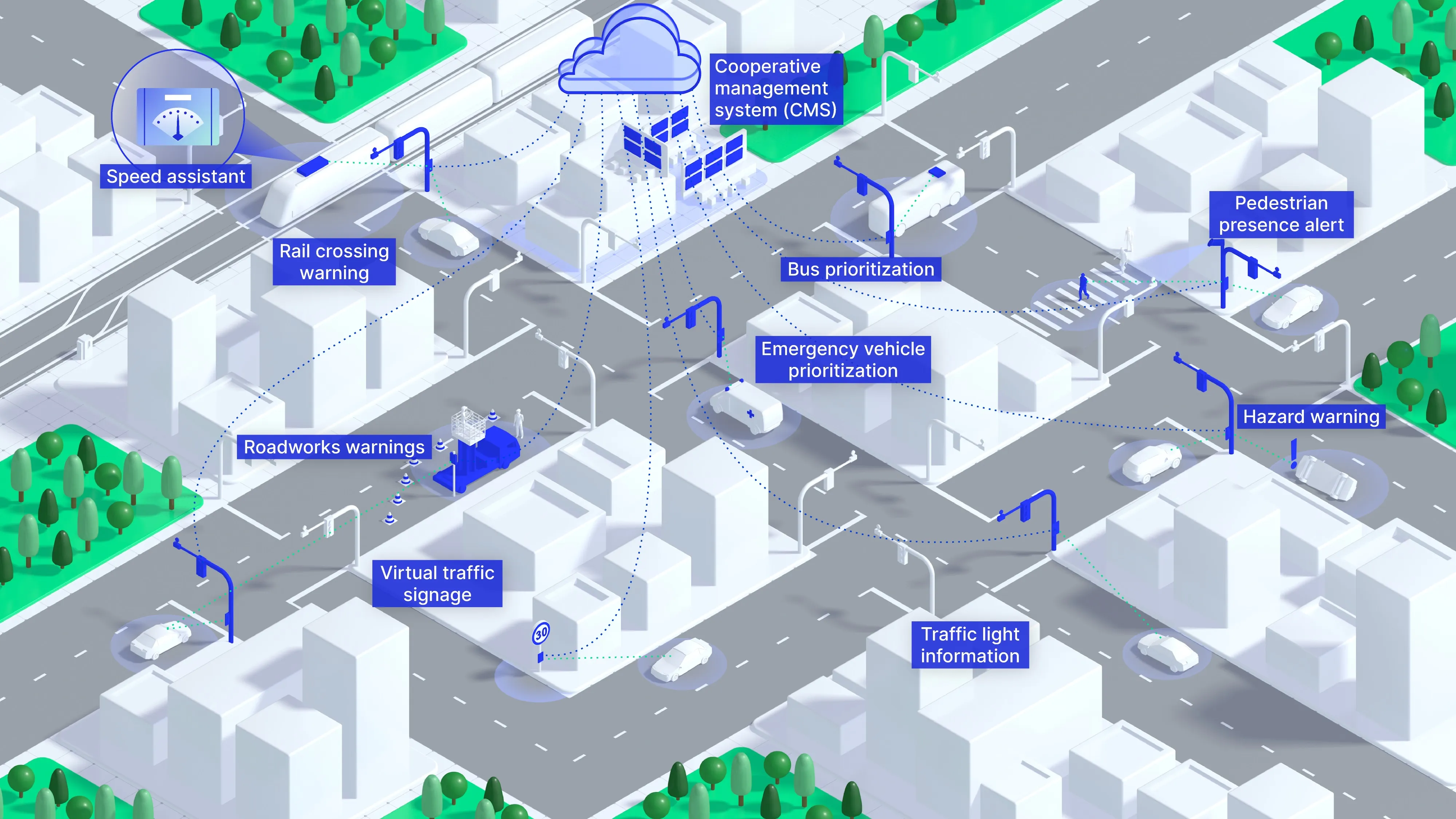
Today, here at ITS America 2016 San Jose,
The product leverages Cubic’s expertise in transportation payment and information technologies with Microsoft’s leadership in enterprise solutions. This IoT (Internet of Things) strategy gives agencies the power to integrate current and future systems including integrated corridor management; traveller information; connected vehicles and urban automation; and smart sensors. It also provides the power to integrate urban analytics, innovative mobility services and assistive technologies for disabled travellers as well as autonomous vehicles.
NextTraffic offers a flexible and scalable cloud-based platform that presents the
collection, processing, monitoring, controlling and management of all traffic elements on multiple computer networks in one place for control of surface transportation and better utilisation of roads and networks.
The new transport and traffic management solution supports system-wide data collection, processing and sharing needs of travellers and cities with a modern and financially-flexible solution that can work with an authority's existing infrastructure and solutions. In addition to this major new product launch, Cubic is also showcasing nextgeneration technologies for traffic management, predictive analytics and account-based transaction processing that will answer many of the FAQs from ITS decision-makers around the world who are eager to learn about disruptive industry technologies that get behind integrated mobility.
As the company points out, it’s clear that siloed interests will not solve today’s challenges: Cubic is fully focused on building on the partnerships and integration strategies that are committed to “Getting You There. Smarter.”








